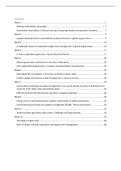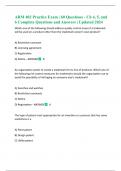Summary
Summary All mandatory articles for the Sustainable Supply Management course (325237-M-6)(New curriculum 2023)
- Course
- Institution
This is a summary of all the mandatory articles for the Sustainable Supply Management course (new curriculum 2023). It includes all the important concepts and definitions.
[Show more]












